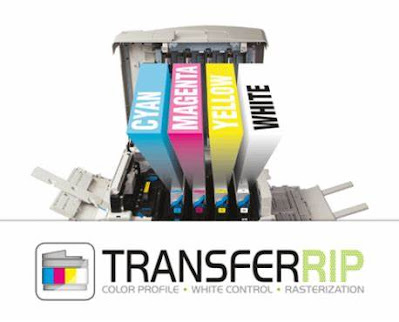RIP Software: Transfer RIP
RIP software is the acronym for Raster Image Processing. It helps to translate the computer language of postscript into raster which facilitates printing. RIP software is an important tool for professionals who deal with high-quality digital images like graphic designers, print service providers, and photographers. The software helps in optimizing the color accuracy, image quality and also increases the digital image resolution before they are displayed or printed. The software usually converts images from file formats like TIFF and JPEG to high-quality raster images which can be printed with the help of a printer. The software allows the user to adjust the image contrast, color, brightness, and halftone patterns thereby providing the user with advanced printing techniques. Normally, when you select the ‘Print’ option from applications such as Acrobat, Word, Photoshop, or InDesign, the manufacturer of the printer normally provides a driver with the printer. These drivers provide the user with minimum options and choices in terms of controlling the printer. These include setting the paper size, and paper type and converting the color of the file into colors that the printers can understand output. But with RIP software you get a variety of tools that automatically improve the workflow.
RIP software is of many different types such as DTGRIP, TransferRIP, DTFRIP, UVRIP, etc and Acrorip has its own TransferRIP software. Among these, the TransferRIP is quite useful in terms of Rasterization, system requirement, white toner controls, cost calculation, etc. The Transfer RIP software is compatible with white toner printers. They help you in running small productions efficiently and at high resolutions thereby providing even softer printers as compared to screen printing on textiles. TransfeRIP is also useful while producing single transfers.
TransferRIP plays a significant role in improving Rasterization, White Toner Controls, and Color Management Colors. All these features help in lowering your overall cost of toner, improving washability, enhancing durability, and producing a soft touch to the transfers as compared to other digital heat transfers within the market. Core features of the software involve color management controls that help to edit the image colors. Next, there is image Rasterization which increases the durability and washability of the image. Thirdly, white toner controls help in controlling the quantity of toner. Cost calculation is another important feature of the software that allows you to calculate the printing cost per image. Lastly, it has a feature called layout that helps to rotate, scale, and add images on new paper sizes.



Comments
Post a Comment